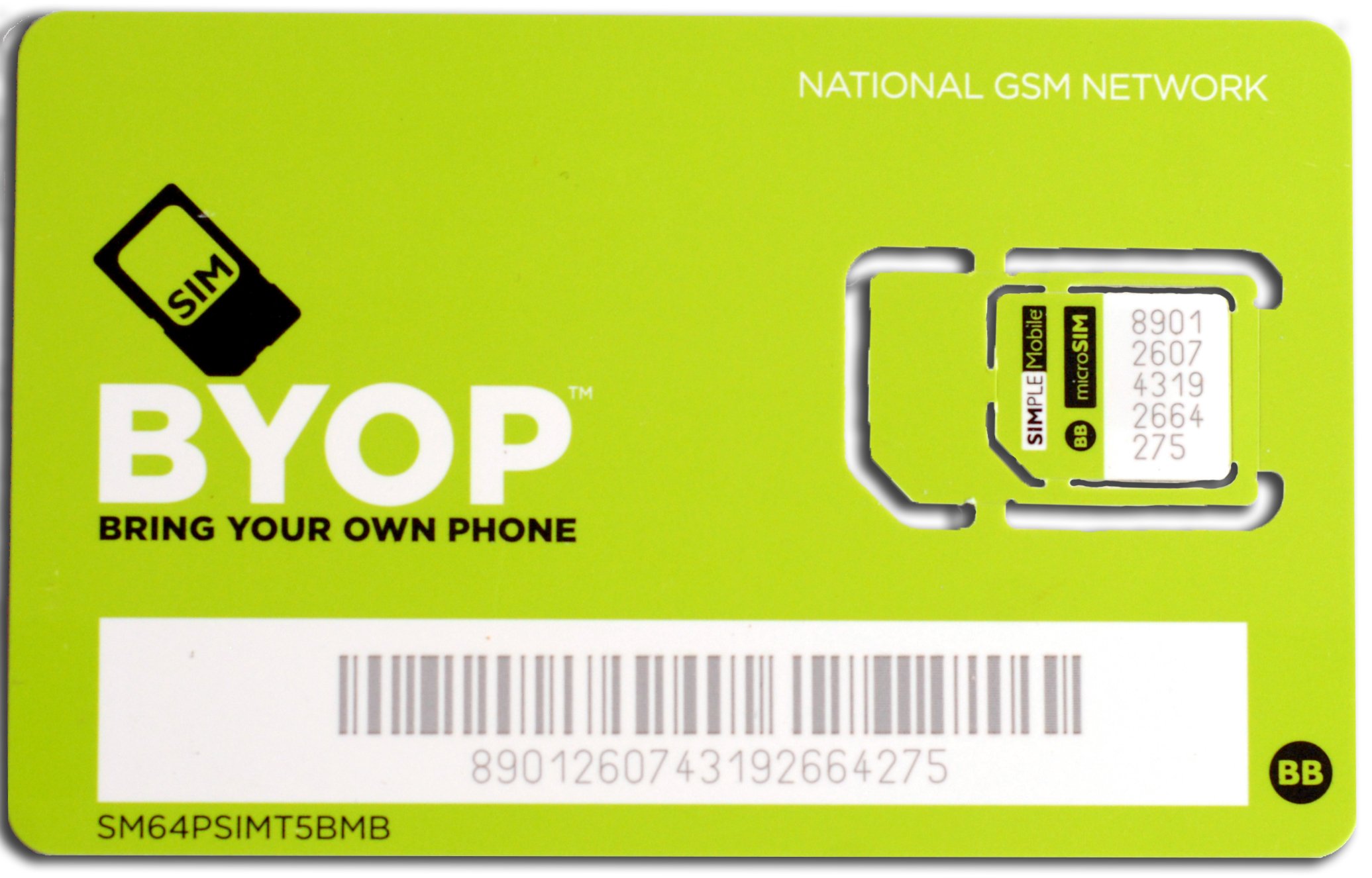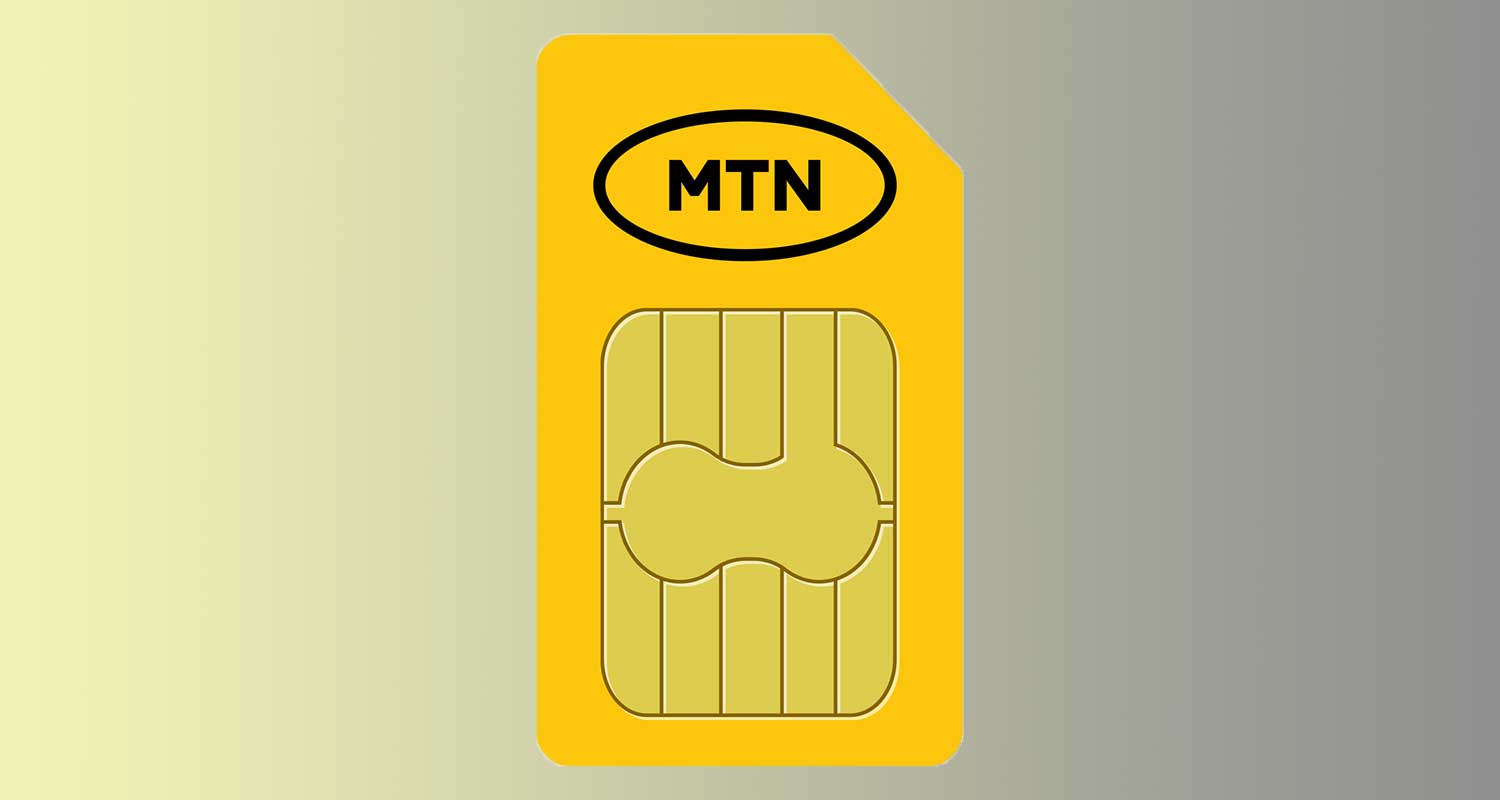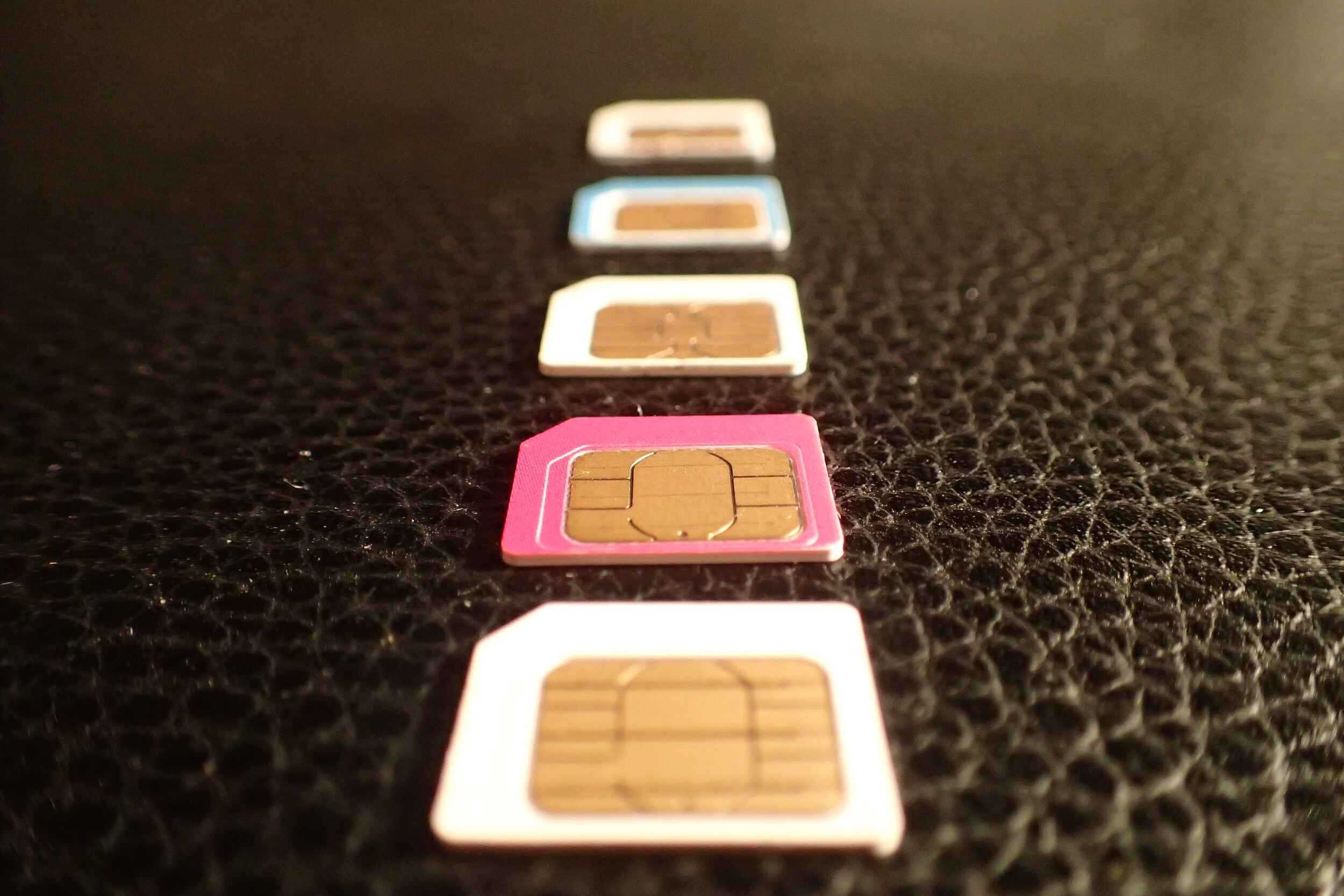Introduction
In the fast-paced world of mobile technology, the SIM card plays a crucial role in connecting users to their network carriers. However, encountering the dreaded "SIM Card Registration Failed" message can be a frustrating experience for many smartphone users. This issue can disrupt communication, hinder access to essential services, and impede the seamless functioning of mobile devices.
Understanding the underlying causes of SIM Card Registration Failed is essential for both users and mobile service providers. By gaining insight into this issue, individuals can troubleshoot and resolve the problem effectively, while service providers can enhance their support and customer service.
In this comprehensive guide, we will delve into the intricacies of SIM Card Registration Failed, exploring its common causes, troubleshooting methods, and tips for prevention. Whether you're a tech-savvy individual looking to troubleshoot your own device or a mobile service provider seeking to improve customer support, this guide aims to equip you with the knowledge and strategies needed to tackle this vexing issue head-on. So, let's embark on this journey to unravel the mysteries of SIM Card Registration Failed and empower ourselves with the tools to overcome it.
What is SIM Card Registration Failed?
SIM Card Registration Failed is a common error encountered by mobile device users, indicating that the SIM card inserted in the device has failed to register with the network operator. When this error occurs, the device may display messages such as "SIM Card Registration Failed," "No Service," or "Emergency Calls Only," signaling the disruption of normal network connectivity.
This issue can arise due to various factors, including technical glitches, network coverage issues, SIM card damage, or improper insertion. When a SIM card fails to register with the network, the user's ability to make calls, send messages, and access mobile data is severely impaired, leading to a significant inconvenience.
The error message typically appears on the device's screen, alerting the user to the registration failure. It is essential to differentiate this error from other network-related issues, as SIM Card Registration Failed specifically pertains to the failure of the SIM card to establish a connection with the network operator.
Understanding the implications of SIM Card Registration Failed is crucial for users, as it directly impacts their ability to stay connected and utilize essential mobile services. Moreover, comprehending the underlying causes of this issue is instrumental in effectively troubleshooting and resolving it, ensuring uninterrupted network connectivity and a seamless mobile experience.
In the subsequent sections, we will explore the common causes of SIM Card Registration Failed, delve into effective troubleshooting methods, and provide valuable tips for preventing this issue. By gaining a comprehensive understanding of SIM Card Registration Failed, users and mobile service providers can proactively address and mitigate this disruptive occurrence, fostering reliable and consistent network connectivity for mobile devices.
Common Causes of SIM Card Registration Failed
SIM Card Registration Failed can stem from a variety of factors, encompassing both technical and environmental elements. Understanding these common causes is pivotal in identifying and resolving the issue effectively. Here are the primary factors contributing to SIM Card Registration Failed:
-
Poor Network Coverage: In areas with weak or limited network coverage, the SIM card may struggle to register with the network operator, leading to the "SIM Card Registration Failed" error. This can occur in remote locations, underground areas, or buildings with dense structures that impede signal reception.
-
SIM Card Damage: Physical damage to the SIM card, such as scratches, dents, or exposure to moisture, can hinder its functionality and prevent successful registration with the network. Additionally, improper handling or insertion of the SIM card into the device's tray may result in damage, leading to registration failure.
-
Network Congestion: During peak usage periods or in densely populated areas, network congestion can impede the registration process of SIM cards. The sheer volume of devices attempting to connect to the network simultaneously may overwhelm the system, causing registration failures for individual SIM cards.
-
Incorrect SIM Card Insertion: Improper insertion of the SIM card into the device's tray can prevent it from establishing a secure connection with the device's SIM slot. This can lead to registration failure, as the SIM card fails to interface effectively with the device's hardware.
-
Software Issues: Firmware or software glitches within the mobile device can disrupt the registration process of the SIM card. Outdated software, corrupted system files, or incompatible device settings may hinder the SIM card's ability to register with the network, triggering the registration failure error.
-
Expired or Deactivated SIM Card: If the SIM card has expired or been deactivated by the network operator due to inactivity or other reasons, it will fail to register with the network, resulting in the "SIM Card Registration Failed" message.
-
Network Operator Issues: Periodic maintenance, technical upgrades, or network outages on the part of the network operator can impact the registration process of SIM cards, leading to temporary registration failures for users.
Understanding these common causes of SIM Card Registration Failed empowers users to troubleshoot the issue effectively, while also enabling mobile service providers to offer targeted support and solutions. By addressing these underlying factors, individuals can overcome registration failures and ensure seamless connectivity with their network operators.
How to Troubleshoot SIM Card Registration Failed
When encountering the vexing issue of SIM Card Registration Failed, users can employ several troubleshooting methods to address and resolve the problem effectively. By systematically identifying and addressing potential causes, individuals can restore seamless connectivity and mitigate the impact of registration failures. Here are the key steps to troubleshoot SIM Card Registration Failed:
-
Check Network Coverage: Begin by verifying the network coverage in your current location. If you are in an area with poor signal reception, consider moving to a more open or elevated location to improve connectivity. Additionally, switching to a different network operator with better coverage in your area may alleviate registration failures caused by poor network reception.
-
Inspect the SIM Card: Carefully remove the SIM card from the device and examine it for any signs of physical damage, such as scratches, dents, or discoloration. If the SIM card appears damaged, consider obtaining a replacement from your network operator to ensure proper functionality and registration.
-
Reinsert the SIM Card: Ensure that the SIM card is inserted correctly into the device's SIM tray, following the manufacturer's guidelines for orientation and positioning. Gently reinsert the SIM card, ensuring a secure and snug fit within the tray to facilitate proper registration with the device.
-
Restart the Device: Power off your mobile device and restart it to initiate a fresh registration attempt with the network. Rebooting the device can help resolve temporary software glitches or communication errors that may be impeding the SIM card's registration process.
-
Update Device Software: Check for available software updates for your mobile device and install them if necessary. Updating the device's firmware and system software can address compatibility issues and resolve software-related impediments to SIM card registration.
-
Verify SIM Card Status: Contact your network operator to confirm the status of your SIM card. Ensure that the SIM card is active, not expired, and has not been deactivated due to inactivity or other reasons. If needed, request assistance from the operator to reactivate or replace the SIM card.
-
Reset Network Settings: Within the device's settings, explore the option to reset network settings to default. This can resolve configuration conflicts and restore the device's ability to register the SIM card with the network operator.
By diligently following these troubleshooting steps, individuals can systematically address the issue of SIM Card Registration Failed, thereby restoring seamless connectivity and ensuring uninterrupted access to essential mobile services. These proactive measures empower users to overcome registration failures and optimize their mobile experience, fostering reliable network connectivity and communication.
Tips for Preventing SIM Card Registration Failed
Preventing SIM Card Registration Failed involves proactive measures aimed at mitigating potential causes and maintaining consistent connectivity with the network operator. By implementing the following tips, users can minimize the likelihood of encountering registration failures, ensuring a seamless and uninterrupted mobile experience.
-
Protect the SIM Card: Safeguarding the physical integrity of the SIM card is essential for preventing registration failures. Utilize a protective case or holder for the SIM card to prevent damage from scratches, bends, or exposure to moisture. Additionally, handle the SIM card with care during insertion and removal, minimizing the risk of physical damage that could impede registration.
-
Monitor Network Coverage: Stay informed about network coverage in your frequently visited locations. By identifying areas with weak or limited signal reception, users can anticipate potential registration challenges and take proactive measures to mitigate connectivity issues. Consider using signal booster devices or Wi-Fi calling as alternative solutions in areas with poor network coverage.
-
Regularly Restart the Device: Periodically restarting the mobile device can help maintain optimal communication between the SIM card and the network. This simple action can clear temporary system glitches, refresh network connections, and facilitate smooth registration processes, reducing the likelihood of encountering registration failures.
-
Update Device Software Promptly: Stay vigilant about software updates for your mobile device and promptly install them to ensure compatibility with network configurations. By keeping the device's firmware and system software up to date, users can address potential software-related impediments to SIM card registration, promoting seamless connectivity.
-
Handle SIM Card Insertion Carefully: When inserting or removing the SIM card from the device, exercise caution to avoid damaging the card or the device's SIM tray. Follow the manufacturer's guidelines for proper insertion, ensuring that the SIM card interfaces securely with the device's hardware. This meticulous approach can prevent registration failures stemming from improper SIM card handling.
-
Maintain Active SIM Card Status: Regularly monitor the status of your SIM card, ensuring that it remains active and has not expired. Utilize the network operator's self-service options or customer support channels to verify the status of the SIM card, renew it if necessary, and address any potential issues that could lead to registration failures.
By incorporating these preventive tips into their mobile device management practices, users can proactively mitigate the risk of SIM Card Registration Failed, fostering reliable network connectivity and seamless communication. These proactive measures empower individuals to optimize their mobile experience, ensuring consistent access to essential services without the disruption of registration failures.
Conclusion
In conclusion, the occurrence of SIM Card Registration Failed presents a significant challenge for mobile device users, disrupting their ability to connect to network operators and access essential services. This comprehensive guide has shed light on the intricacies of SIM Card Registration Failed, offering valuable insights into its common causes, effective troubleshooting methods, and preventive measures.
By understanding the common causes of SIM Card Registration Failed, including poor network coverage, SIM card damage, network congestion, incorrect SIM card insertion, software issues, expired or deactivated SIM cards, and network operator issues, users can proactively identify and address potential factors contributing to registration failures. Moreover, the troubleshooting methods outlined in this guide empower individuals to systematically resolve the issue, ensuring seamless connectivity and uninterrupted access to mobile services.
Additionally, the preventive tips provided offer a proactive approach to mitigating the risk of SIM Card Registration Failed. By safeguarding the physical integrity of the SIM card, monitoring network coverage, regularly restarting the device, updating software promptly, handling SIM card insertion carefully, and maintaining active SIM card status, users can minimize the likelihood of encountering registration failures, fostering reliable network connectivity and a seamless mobile experience.
Ultimately, the knowledge and strategies presented in this guide serve to empower mobile device users and mobile service providers alike. By equipping individuals with a comprehensive understanding of SIM Card Registration Failed and the tools to address it effectively, this guide aims to enhance the overall mobile experience, ensuring consistent connectivity and communication for users across diverse environments and usage scenarios.
As mobile technology continues to evolve, the ability to navigate and troubleshoot issues such as SIM Card Registration Failed is paramount. By leveraging the insights and recommendations outlined in this guide, individuals can navigate the complexities of SIM card registration with confidence, fostering reliable and uninterrupted connectivity with their network operators.
In essence, the pursuit of seamless network connectivity and uninterrupted mobile services is at the heart of addressing SIM Card Registration Failed. Through informed awareness, proactive measures, and effective troubleshooting, users can overcome registration failures and optimize their mobile experience, ensuring consistent access to essential services and communication channels.
























